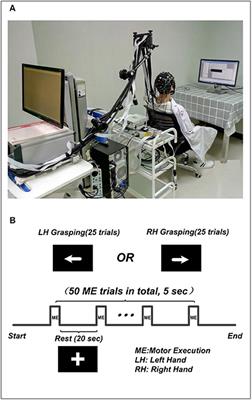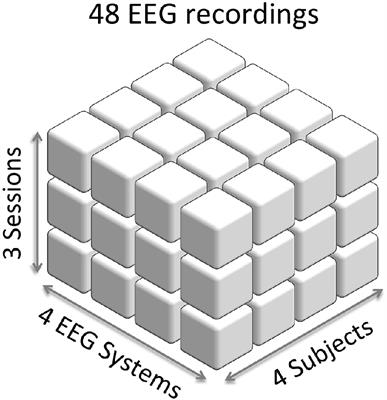ORIGINAL RESEARCH
Published on 30 Nov 2017
Modulation of Neural Activity during Guided Viewing of Visual Art

doi 10.3389/fnhum.2017.00581
- 7,916 views
- 22 citations
31k
Total downloads
214k
Total views and downloads
ORIGINAL RESEARCH
Published on 30 Nov 2017

ORIGINAL RESEARCH
Published on 10 Nov 2017

OPINION
Published on 06 Nov 2017
ORIGINAL RESEARCH
Published on 27 Sep 2017

ORIGINAL RESEARCH
Published on 15 Sep 2017

METHODS
Published on 30 Jun 2017

ORIGINAL RESEARCH
Published on 08 Jun 2017

ORIGINAL RESEARCH
Published on 18 May 2017

REVIEW
Published on 10 Apr 2017

METHODS
Published on 07 Apr 2017

ORIGINAL RESEARCH
Published on 30 Mar 2017

ORIGINAL RESEARCH
Published on 09 Mar 2017
